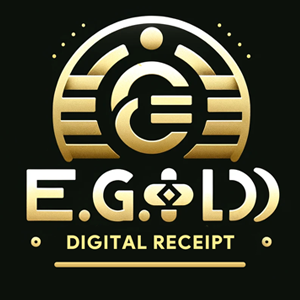
Gold and Bitcoin are two of the most discussed assets in the world of investing, yet they represent entirely different eras of wealth preservation. Gold, the timeless symbol of wealth, has been valued for centuries, while Bitcoin, the digital newcomer, has captured the imagination of tech-savvy investors since its inception in 2009.
As economic uncertainty rises and investors seek safe havens, the question arises: Should you invest in gold, Bitcoin, or both? In this article, we’ll explore the key similarities and differences between these two assets, their roles in modern investment portfolios, and why diversifying into both might be the best strategy.
Why Compare Gold and Bitcoin?
Gold and Bitcoin are often compared because both are seen as "safe-haven" assets that offer protection against inflation, economic uncertainty, and currency devaluation. However, they achieve this in very different ways.
While gold is tangible, stable, and universally recognized, Bitcoin is digital, volatile, and decentralized. Understanding the strengths and weaknesses of each can help you decide how to incorporate them into your investment strategy.
Historical Role of Gold as a Store of Value
Gold has been the ultimate store of value for thousands of years. Its intrinsic properties—durability, scarcity, and universal acceptance—make it a trusted medium of exchange and a hedge against inflation.
Key Milestones in Gold's History:
- Ancient Civilizations: Gold was used as currency in ancient Egypt, Rome, and Greece.
- Gold Standard: For much of modern history, gold backed national currencies, ensuring stability in the global financial system.
- Modern Investing: Today, gold is a staple in central bank reserves and individual investment portfolios, particularly during times of economic uncertainty.
Gold’s longevity and consistent value make it a safe choice for preserving wealth.
Bitcoin: The Emergence of Digital Gold
Bitcoin, introduced in 2009 by an anonymous creator (or group) named Satoshi Nakamoto, was designed as a decentralized alternative to traditional fiat currencies. Its finite supply of 21 million coins and blockchain technology have earned it the nickname "digital gold."
Bitcoin’s Key Innovations:
- Decentralization: No central authority controls Bitcoin, making it resistant to government interference.
- Scarcity: Like gold, Bitcoin has a limited supply, ensuring it cannot be inflated.
- Borderless Transactions: Bitcoin allows for fast, secure, and low-cost global transactions.
Bitcoin's rapid rise has positioned it as a competitor to gold, particularly among younger, tech-savvy investors.
Similarities Between Gold and Bitcoin
Despite their differences, gold and Bitcoin share several key similarities that make them appealing as investments:
Scarcity
- Gold: The global supply of gold is finite, with only so much mined annually.
- Bitcoin: Only 21 million bitcoins will ever exist, making it digitally scarce.
Hedge Against Inflation
Both assets are often used to protect wealth from the devaluation of fiat currencies during inflationary periods.
Decentralization
- Gold: Not tied to any government or central bank.
- Bitcoin: Operates on a decentralized blockchain network.
Global Recognition
Both are widely recognized and accepted forms of value: gold in traditional markets and Bitcoin in digital financial ecosystems.
Long-Term Store of Value
Investors often turn to gold and Bitcoin during times of economic instability to safeguard wealth.
Key Differences Between Gold and Bitcoin
While gold and Bitcoin share similarities, their differences are just as significant.
| Feature | Gold | Bitcoin |
|---|---|---|
| Tangible vs. Digital | Physical asset | Digital asset |
| Age | Thousands of years | Introduced in 2009 |
| Volatility | Low volatility | High volatility |
| Supply | Determined by mining and discovery | Capped at 21 million coins |
| Utility | Jewelry, electronics, investment | Peer-to-peer transactions, investment |
| Storage | Requires physical storage | Stored digitally in wallets |
| Accessibility | Relatively easy to acquire | Requires technical understanding |
Investment Use Cases: When to Choose Gold or Bitcoin
Gold and Bitcoin can serve different purposes in your investment portfolio, depending on your goals and risk tolerance.
When to Invest in Gold:
- Stability: Gold is ideal for conservative investors who prioritize stability and long-term wealth preservation.
- Portfolio Diversification: Gold acts as a counterbalance to more volatile assets like stocks and cryptocurrencies.
- Hedging: During inflationary periods or market downturns, gold is a reliable hedge against uncertainty.
When to Invest in Bitcoin:
- Growth Potential: Bitcoin offers higher risk but potentially greater rewards, making it suitable for growth-oriented investors.
- Decentralization: If you value financial independence and dislike government control, Bitcoin aligns with your philosophy.
- Liquidity: Bitcoin can be easily traded or converted into cash on global cryptocurrency exchanges.
Risks and Volatility: Gold vs. Bitcoin
Gold: Low Volatility and Stability
Gold’s price movements are relatively stable compared to other assets. It’s less likely to experience dramatic price swings, making it a reliable store of value during market turbulence.
Bitcoin: High Volatility but High Reward
Bitcoin is known for its wild price swings, which can lead to significant gains—or losses—in short periods. While this volatility attracts speculative traders, it can be a deterrent for risk-averse investors.
Diversifying with Both Assets
Combining gold and Bitcoin in your portfolio can provide the best of both worlds:
- Gold for Stability: Gold provides a stable anchor during economic uncertainty.
- Bitcoin for Growth: Bitcoin offers the potential for high returns in a rapidly evolving digital economy.
Portfolio Allocation Strategy
A balanced allocation could include:
- 70% Gold and 30% Bitcoin for conservative investors.
- 50% Gold and 50% Bitcoin for moderate risk-takers.
- 30% Gold and 70% Bitcoin for aggressive investors focused on growth.
Future Outlook for Gold and Bitcoin
The future of both assets remains bright, albeit for different reasons.
- Gold: Gold’s timeless appeal ensures its continued demand as a store of value and hedge against inflation. Central banks and institutional investors will likely maintain significant gold reserves.
- Bitcoin: Bitcoin’s adoption is expected to grow, driven by institutional interest, advancements in blockchain technology, and the increasing digitization of finance.
While gold is a proven safe haven, Bitcoin’s role as a "digital gold" continues to evolve as more people embrace its potential.
Frequently Asked Questions (FAQs)
Is Bitcoin better than gold?
It depends on your investment goals. Gold offers stability, while Bitcoin offers growth potential. A mix of both can balance risk and reward.
Why is Bitcoin called digital gold?
Bitcoin is often compared to gold due to its scarcity, decentralized nature, and role as a store of value in the digital age.
Which is safer: gold or Bitcoin?
Gold is generally safer due to its stability and long history, while Bitcoin carries higher risk due to its volatility.
Can I invest in both gold and Bitcoin?
Yes, diversifying into both assets is an excellent strategy for balancing growth and stability in your portfolio.
What is the main advantage of Bitcoin over gold?
Bitcoin’s main advantage is its ability to facilitate fast, borderless, and low-cost transactions, whereas gold is primarily a static store of value.
Emerging Trends: The Intersection of Gold and Bitcoin
While gold and Bitcoin have traditionally been seen as competitors, recent innovations and trends suggest that these two assets can coexist and even complement each other in modern investment strategies.
Tokenized Gold
One emerging trend that bridges the gap between gold and Bitcoin is tokenized gold. Tokenized gold refers to digital tokens that represent ownership of physical gold. These tokens are built on blockchain technology and allow investors to combine the stability of gold with the convenience and liquidity of digital currencies.
- Examples: Popular projects like PAX Gold (PAXG) and Tether Gold (XAUT) allow investors to trade and store gold-backed tokens on cryptocurrency exchanges.
- Advantages: With tokenized gold, you can enjoy the security and stability of gold while leveraging the efficiency and speed of blockchain transactions.
Gold-Backed Stablecoins
Gold-backed stablecoins, a subset of tokenized gold, have emerged as an alternative to traditional fiat-backed stablecoins like USDT and USDC. These coins are pegged to the value of gold, offering stability while retaining the benefits of cryptocurrency.
Institutional Interest
In recent years, institutional investors have increasingly sought exposure to both gold and Bitcoin. This trend highlights the growing recognition of these assets as complementary rather than competitive. Large firms, including hedge funds and investment banks, now use both gold and Bitcoin to hedge against market volatility and inflation.
Gold vs. Bitcoin in Times of Economic Crisis
Gold: The Ultimate Crisis Asset
Gold has historically performed well during periods of economic uncertainty, market crashes, and geopolitical conflicts. Investors often flock to gold when traditional financial systems are under pressure, as its value remains relatively stable even during crises.
- 2008 Financial Crisis: During this period, gold’s value surged as global markets collapsed.
- COVID-19 Pandemic: Gold hit all-time highs in 2020 as investors sought safety amid economic turmoil.
Bitcoin: A New Contender for Economic Turmoil
Bitcoin, though newer, is emerging as a potential hedge against economic instability. Its decentralized nature makes it immune to government intervention or currency devaluation. However, Bitcoin’s volatility can be a double-edged sword during crises.
- 2013-2021 Bull Runs: Bitcoin has demonstrated its ability to thrive during periods of currency devaluation and monetary expansion.
- Limitations: While Bitcoin has proven resilient, its price can be affected by regulatory changes, exchange hacks, and market sentiment.
Integrating Gold and Bitcoin into Your Financial Strategy
Short-Term vs. Long-Term Perspectives
- Gold: Ideal for long-term wealth preservation and stability. Gold’s historical performance makes it a reliable asset for safeguarding value over decades.
- Bitcoin: Suitable for both short-term and long-term strategies, Bitcoin’s high volatility presents opportunities for significant short-term gains and long-term value appreciation.
Combining the Two Assets
For a well-rounded portfolio, consider investing in both gold and Bitcoin. Each asset offers unique benefits that can counterbalance the other’s limitations.
Portfolio Example:
- 50% Gold: Provides stability and acts as a hedge against inflation and market downturns.
- 30% Bitcoin: Offers growth potential and exposure to a rapidly evolving digital economy.
- 20% Other Assets: Includes equities, real estate, or other investments for further diversification.
Bitcoin Mining vs. Gold Mining: A Comparative Look
Both Bitcoin and gold require “mining,” but the processes differ significantly:
Gold Mining
- Physical Process: Gold mining involves extracting the metal from the earth, often requiring significant labor, energy, and environmental impact.
- Environmental Concerns: Gold mining has faced criticism for deforestation, water pollution, and the use of toxic chemicals like cyanide and mercury.
- Supply Constraints: Gold mining output is limited by geological factors, making it increasingly expensive to mine new gold.
Bitcoin Mining
- Digital Process: Bitcoin mining involves solving complex mathematical puzzles using computational power.
- Energy Consumption: Bitcoin mining is energy-intensive, often relying on fossil fuels or renewable energy sources.
- Supply Cap: Unlike gold, Bitcoin’s supply is capped at 21 million coins, ensuring scarcity without additional resource extraction.
Both processes highlight the inherent scarcity of these assets, which contributes to their value. However, Bitcoin’s digital nature makes it more environmentally adaptable, especially as miners shift toward renewable energy.
Central Bank Gold Reserves vs. Bitcoin Adoption
Central Bank Reserves
Gold plays a critical role in central bank reserves worldwide. Nations hold vast amounts of gold to back their currencies, stabilize their economies, and provide financial security. As of 2023, the largest gold holders include the United States, Germany, and China.
Bitcoin Adoption
While Bitcoin has yet to achieve the level of institutional trust that gold commands, its adoption is accelerating:
- Countries: Nations like El Salvador have adopted Bitcoin as legal tender, showcasing its potential as a national asset.
- Corporations: Companies like Tesla and MicroStrategy have added Bitcoin to their balance sheets, signaling growing corporate confidence in cryptocurrency.
As Bitcoin adoption grows, it may begin to rival gold’s role as a financial reserve asset.
Environmental and Ethical Considerations
Gold’s Environmental Impact
Gold mining has been criticized for its environmental and social consequences. The extraction process often involves deforestation, habitat destruction, and pollution. Additionally, mining operations in some regions have been linked to unethical labor practices.
Bitcoin’s Carbon Footprint
Bitcoin’s environmental impact is tied to its energy consumption. However, efforts to use renewable energy in Bitcoin mining are growing, and innovations in mining technology are expected to reduce its carbon footprint.
Investors should consider these factors when deciding between gold and Bitcoin, especially if sustainability is a priority.
Conclusion: Gold and Bitcoin—A Balanced Approach
Gold and Bitcoin represent two vastly different approaches to wealth preservation and growth. Gold offers timeless stability, making it an essential asset for conservative investors. Bitcoin, on the other hand, provides cutting-edge innovation and high growth potential, appealing to those with a higher risk tolerance.
By diversifying your portfolio to include both assets, you can hedge against inflation, safeguard your wealth, and capitalize on the opportunities presented by modern technology. Gold and Bitcoin may come from different worlds, but together, they offer a comprehensive strategy for navigating the complexities of today’s financial landscape.
NOTE
This Content is the copyrighted content of EE.GOLD. All rights are reserved. You are welcome to share or use our content only by including direct links to our website. Any other form of reproduction, distribution, or use without proper attribution is strictly prohibited.
This Content is intended solely for educational purposes. The information provided does not constitute financial or investment advice.
Please note that Digital Storage Receipt, Secure Storage Solutions, and Physical Gold Sales are the only services offered by EE.GOLD.
We strictly adhere to government regulations and are firmly against all illegal financial or investment activities globally.
For further inquiries, feel free to contact us through our official channels.
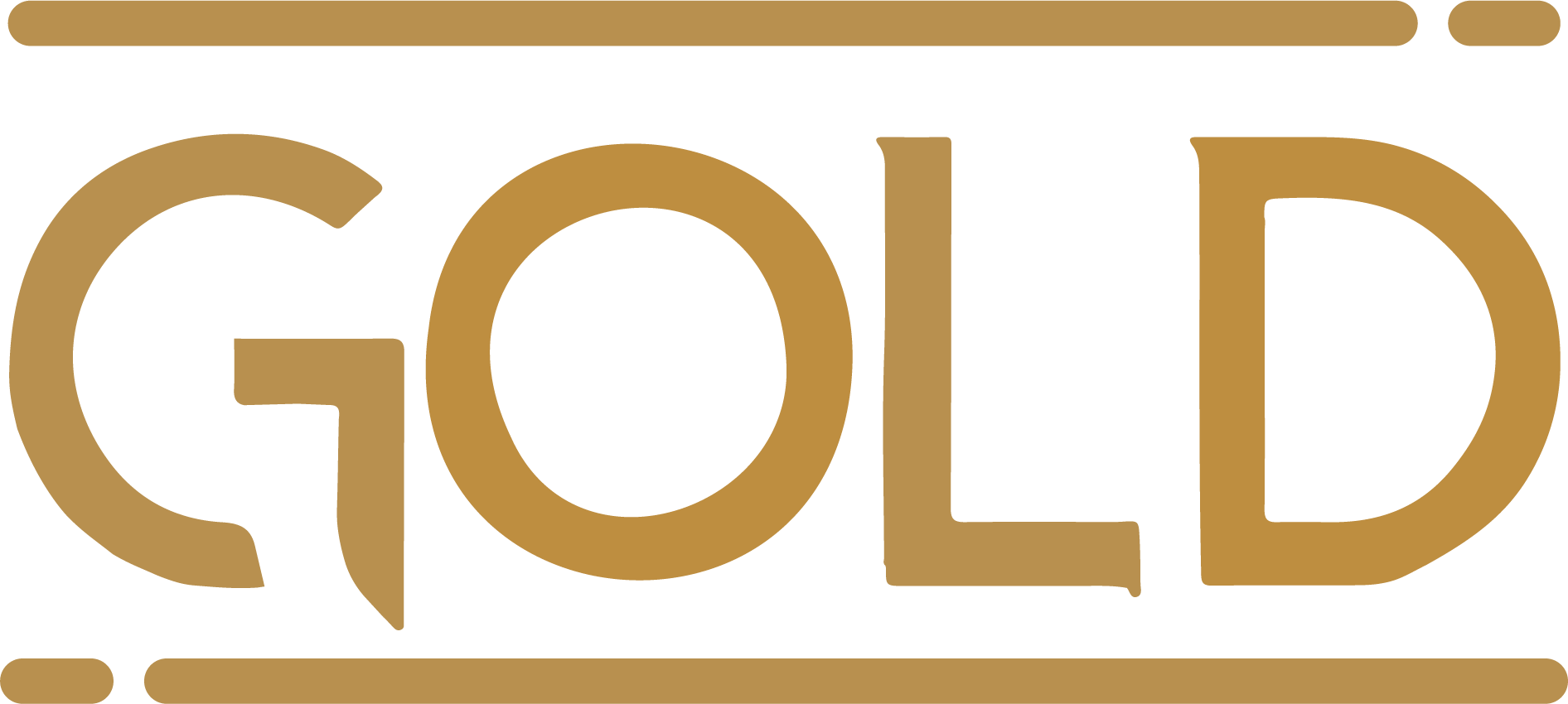
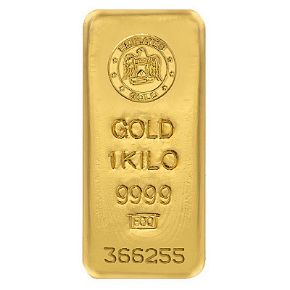
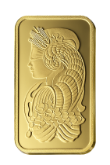

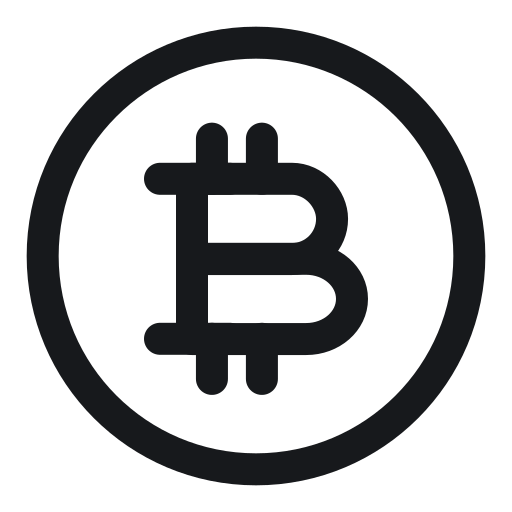


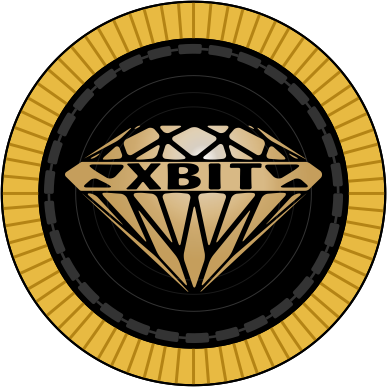


.png)

